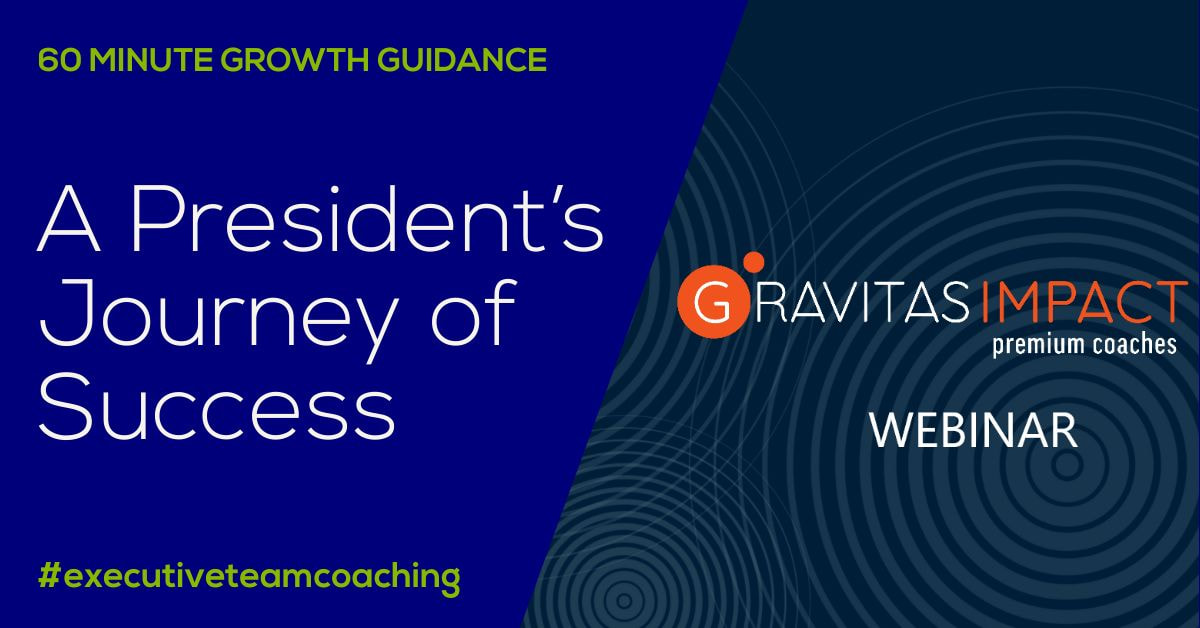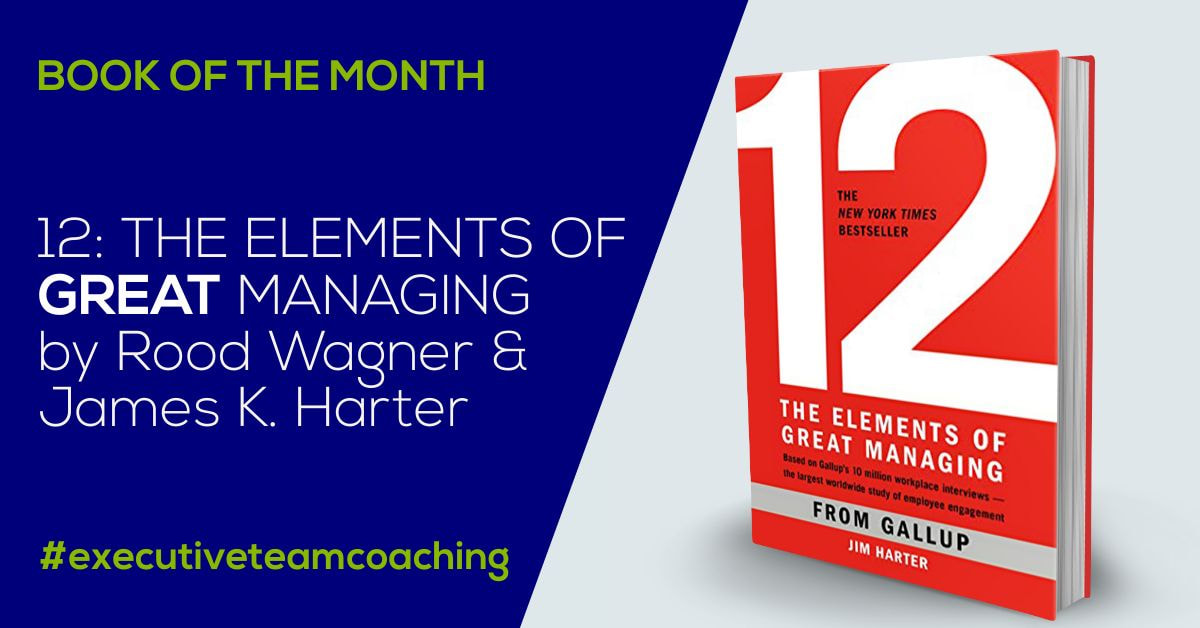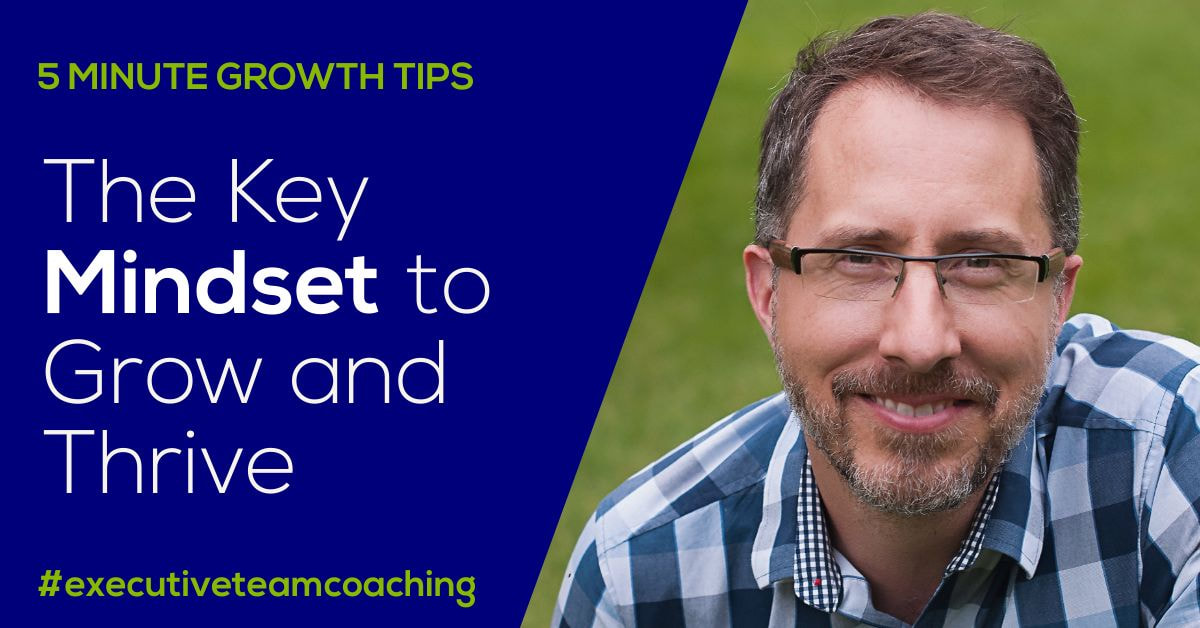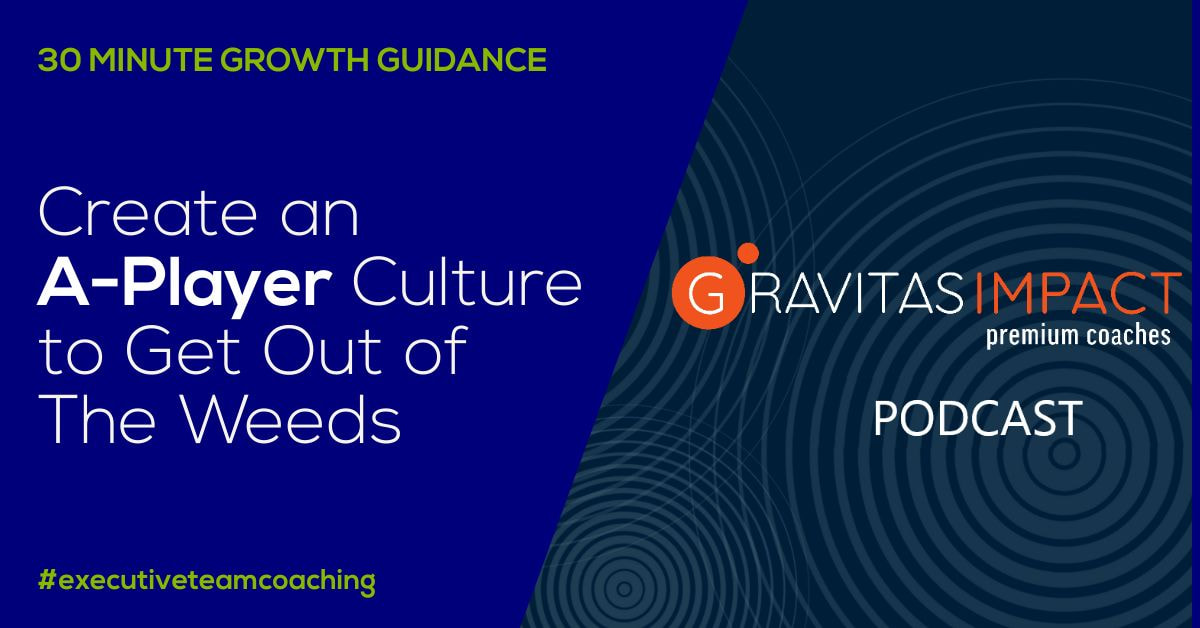|
If you were a CEO or business owner coming out of a severe industry downturn, or facing an eventual surge in demand, how would you invigorate your midsize company to truly take advantage of the opportunity? Add to that, you’re in an industry where creating a sustainable competitive advantage is nearly impossible, because most anything you do can be copied. In this Gravitas Impact Premium Coaches webinar, Andy Warren, former President of award-winning Maracay Homes in Phoenix, Arizona, shares his decade-long tenure of working through these challenges and building a top-performing company, focusing on culture, people, and clarity. Andy is joined by his Gravitas Impact Premium Coach, Keith Cupp, to share parallel insights into Maracay’s “not so secret, secrets of success” How can you build a great culture in your company?
To find out how to build a great culture to grow more easily, quickly and profitability, AND enjoy the ride, try our complimentary Agile Growth Checklist. This self-service questionnaire takes 5 to 10 minutes to complete. You'll receive the checklist with your responses immediately. Within 24 hours, you'll receive a compiled report highlighting areas to improve. Complete section 1, 2 and 4 to check your culture processes. Or complete all 7 sections to find out how your company is doing in each of the 7 areas needed to produce more rapid, profitable and sustainable growth. This report is complementary and involves no obligation. In last week’s blog, I shared a podcast highlighting how CEOs can develop their leadership team members into A-Players by looking in the mirror at their own management style.
The book, 12: The Elements of Great Managing, by Rodd Wagner and James K. Harter, can help. It highlights twelve key management practices that have the greatest impact on employee engagement as shown by increases in several tangible business performance metrics. The book is based on two decades of Gallup surveys, interviews, focus groups and statistical analysis. 12 is a breath of fresh air for business owners, leaders and managers overwhelmed by the wide variety of management models and books they’ve come across. It helps by highlighting what makes the biggest difference. The 12 elements, written from the perspective of the employee, are:
Note that 12 does not hone in on what specific management behaviors or organizational systems to change at a deeper level to strengthen those twelve elements. The twelve elements are those seen and experienced by employees. Less visible dynamics such as leadership team functioning, culture, authenticity and trust underlie them. Yet, I have found 12 to be a helpful tool for leaders and managers I work with. Many management frameworks can either be too high level to be actionable or lose leaders in the weeds with rheams of behaviours and tactics while forgetting the impact leaders need to have on their people in the first place. 12, on the other hand, provides leaders with a relatively small set of clear, tangible practices enabling their people to develop and be more engaged. From there, leaders can clearly identify what they are doing that is helping or getting in the way. By strengthening these 12 practices in yourself, you can also inspire your leadership team members to strengthen how they manage their people, creating a positive impact on employee engagement, productivity and results throughout your company. Book: 280 pages. Audio book: 4 hours 15 minutes. Soundview book summary: 8 pages, 20 minute audio. How can you manage your leadership team members more effectively? To find out how to manage your team members to grow more easily, quickly and profitability, AND enjoy the ride, try our complimentary Agile Growth Checklist. This self-service questionnaire takes 5 to 10 minutes to complete. You'll receive the checklist with your responses immediately. Within 24 hours, you'll receive a compiled report highlighting areas to improve. Complete section 2 to check your people management processes. Or complete all 7 sections to find out how your company is doing in each of the 7 areas needed to produce more rapid, profitable and sustainable growth. This report is complementary and involves no obligation. There are many challenges to growing a thriving mid-size company. (as I’ve shared in this 5 Minute Growth Tip article series). And sometimes it can feel like we’re stuck, like there's nothing we can do.
We may hide those thoughts and feelings from others, or even deny to ourselves that we have them. Yet, they still remain in the background of our thinking, gnawing away at our focus, energy and progress. This is an opportunity to check our thinking. Our thinking drives our actions. And our thinking can cause us to not take action. When we think there’s nothing we can do about a problem, we’ll naturally stand still on that issue. When we believe we can resolve it, we’ll find a solution and drive forward. Organizational psychologists have researched these two ways of thinking. They are part of what’s called our “locus of control”. The first way of thinking is that our situation is controlled by things that happen outside of us. We believe we are a victim of circumstances. This is an external locus of control. The second way of thinking is that our situation can be influenced by what we do. We believe we can always do something that will make a situation better. This is an internal locus of control. Think of the word “locus” as “location”. Is our thinking putting the “location” of control of the situation outside of ourselves (external) or within ourselves (internal)? As human beings, we tend to grow up with a tendency toward either an internal locus of control or an external one. We don’t think exclusively one way or the other, but rather predominantly. That said, we don’t necessarily think one way about everything. There can be areas of our lives and facets of our business that we treat with an internal locus of control mindset, and other areas that we tend to treat with an external locus of control. As entrepreneurs and business leaders, we often predominantly have an internal locus of control: we believe we can make things happen. However, we can also have an external locus of control in certain areas. For example, we might have an internal locus of control about getting more sales. We know that our actions directly influence our company’s sales volumes, and we look for and find ways to increase them. Yet, we might have an external locus of control about being able to hire A players. We may believe that there just aren’t any really strong employees out there, or none of them are looking for work, or they all want too much money, or they all hide their faults in interviews, etc. By switching our thinking to an internal locus of control in this area, we can find solutions. We can ask ourselves, “what is it that I’m doing that is getting in the way of hiring A players?” Or “what am I not doing, or not doing well?” And from there, we can ask “what can I do differently to find A players?” For example, do I have a clear description of what an A player will produce so I know exactly who I am looking for? What am I doing to network with A players I know in my industry who likely know other A players? Have I shopped around for an excellent recruiting company who can help me find the right people? Have I strengthened my interviewing skills to discover candidates’ true strengths, abilities and qualities? Have we captured on paper the advantages of working at our company, and do we sell great candidates on those virtues? Believing we have influence over the situation causes us to look for solutions we can act on. There’s also a way that an entrepreneur’s strong internal locus of control can actually create an external locus of control mindset in another area. I often see this struggle with CEOs and owners I meet. They complain that they don’t have enough time. This complaint is coming from an external locus of control mindset: the belief that their lack of time is happening to them. (Note that all complaining and blaming is really a form of external locus of control). When I invite a CEO or owner to flip their mindset to an internal locus of control, and ask themself what they are doing that is causing them to not have enough time, they realize that they are causing the problem. They often are attempting to jump on every problem and opportunity that comes up, and they are not delegating tasks and roles enough. In this way, as entrepreneurs, our internal locus of control about solving problems can cause us to have an external locus of control about time. Our tendency to think we can take control of any situation actually causes us to be so busy that we think we don’t have control of our time. Yet we do. We just need to change how we tackle problems, for example, by equipping others to take care of them rather than solving them ourselves. This mindset is a key linchpin in growing a thriving mid-sized company. The only way to grow and grow profitably, is to implement the structures, systems and processes to enable that growth. This then requires a leadership team that handles the day-to-day and can help with implementing many of those systems. These systems need to be guided by a solid strategy for competing in the market. That strategy needs to be executed efficiently. And efficient execution requires an A player leadership team, as well as efficient buy-in to support accountability. And all of these business practices take time. As a result, a CEO or owner will want to shift their mindset more fully to thinking about what they are doing, or not doing, that is causing them to be too busy to do these essential things. By doing so, they will get clear on what they need to do differently to free themselves up to shift increasingly from doing to leading. And, more generally, the practice of internal locus of control will help any leader, and their top team, look at how they’re contributing to a problem, and what they can do to influence it. Another way leaders contribute to problems in their company is by trying to figure things out all on their own. We’ll tackle that topic in my next 5 Minute Growth Tip article. What can you do to grow your mid-size company? To find out what you and your leadership team could do to grow more easily, quickly and profitability, AND enjoy the ride, try our complimentary Agile Growth Checklist. This self-service questionnaire takes 5 to 10 minutes to complete. You'll receive the checklist with your responses immediately. Within 24 hours, you'll receive a compiled report highlighting areas to improve. Find out how your company is doing in each of the 7 areas needed to produce more rapid, profitable and sustainable growth. This report is complementary and involves no obligation. Many CEOs will say they would love to get their time back...time to work ON the business rather than IN it. The starting point is to ensure that there are only A-players in the organization. A-players minimize drama and maximize productivity, freeing up time for the CEO, and leadership team, to work ON the business. In this Gravitas Impact Premium Coaches podcast, my colleague Jerry Fons in Wisconsin goes over 1) what an A player is, 2) how to identify A players and 3) the key best practices to develop leaders and employees into A-players and to maximize the number of A-players in the organization. Spoiler alert! It starts by looking in the mirror as a CEO and at the systems and structures the CEO and leadership team have in place that enable non-A-player performance to continue. Subscribe to Gravitas Impact Podcast: Android
How can you have more A-players in your company? To find out how to have more A-players to grow more easily, quickly and profitability, AND enjoy the ride, try our complimentary Agile Growth Checklist. This self-service questionnaire takes 5 to 10 minutes to complete. You'll receive the checklist with your responses immediately. Within 24 hours, you'll receive a compiled report highlighting areas to improve. Complete section 2 to check your talent processes. Or complete all 7 sections to find out how your company is doing in each of the 7 areas needed to produce more rapid, profitable and sustainable growth. This report is complementary and involves no obligation. |
Archives
December 2029
Categories
All
|





 RSS Feed
RSS Feed
